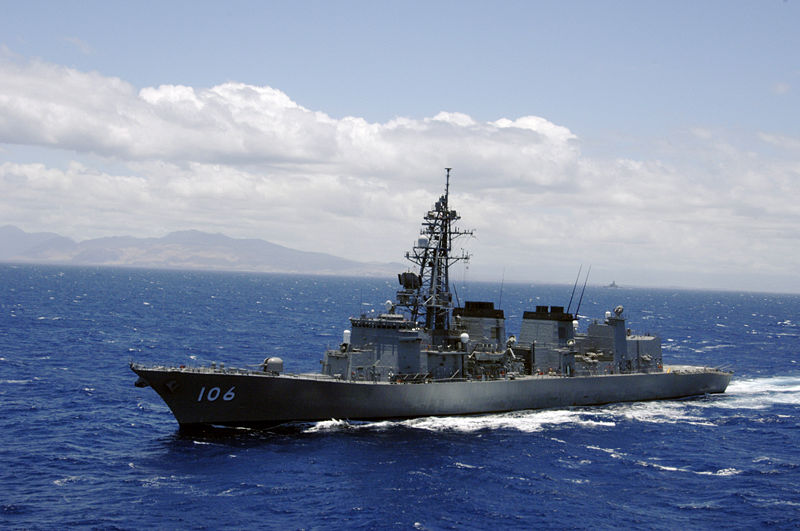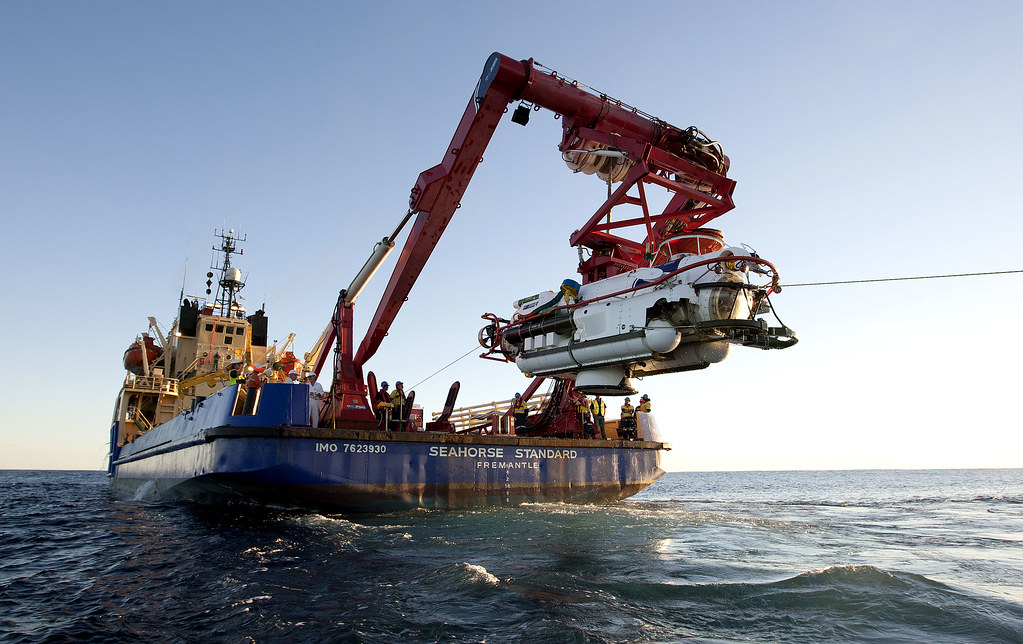| SH-2G Super Seasprite (Image: Wiki Commons) |
KONGSBERG has signed a contract with the New Zealand Defence Force for the delivery of Penguin Mk 2 Mod 7 anti-ship missiles and associated equipment.
The missiles will be deployed on the Royal New Zealand Navy new Kaman SH-2G Super Seasprite maritime helicopters.
”This contract strongly confirms the Penguin missile’s position as the leading missile within its segment. The contract is for a limited number of missiles, however it is considered an important upgrade of New Zealand’s navy,” says Pål Bratlie, EVP Kongsberg Defence Systems.





















